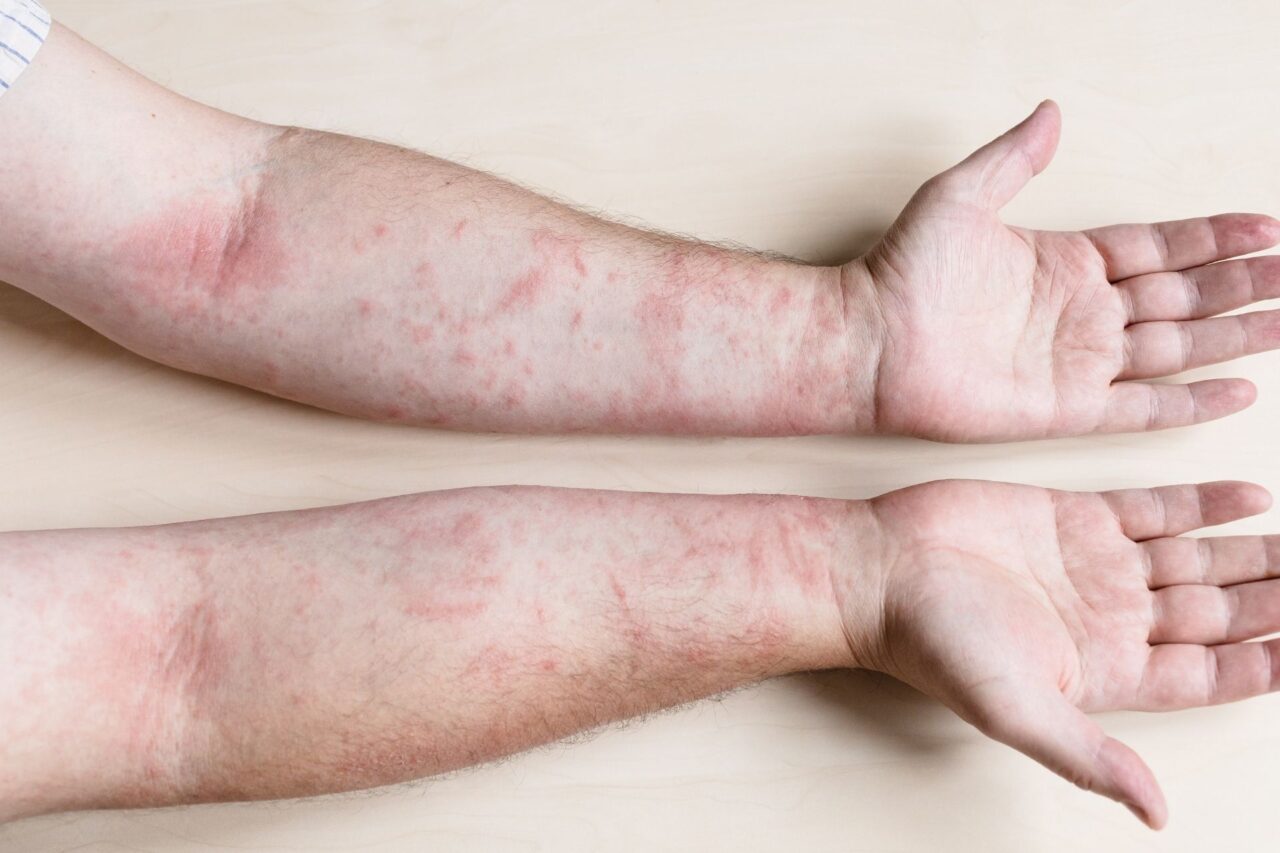Introduction
Dowling-Degos Disease, a rare and perplexing skin condition, has left many individuals searching for answers and effective therapeutic approaches. In this comprehensive guide, we will delve into the various treatment options available, shedding light on this condition and offering hope to those affected. From understanding the basics to exploring cutting-edge treatments, this article aims to provide the knowledge and support needed for anyone dealing with Dowling-Degos Disease.
What is Dowling-Degos Disease?
Dowling-Degos Disease is a rare genetic disorder that primarily affects the skin. It is characterized by the development of small, dark bumps and acne-like lesions that often appear in areas with a high density of sweat glands, such as the armpits and groin. These skin abnormalities can cause discomfort and self-esteem issues, making effective therapeutic approaches essential.

Diagnosing Dowling-Degos Disease
Accurate diagnosis is the first step in finding the right therapeutic approach for Dowling-Degos Disease. Dermatologists typically use a combination of clinical examination and, in some cases, skin biopsies to confirm the presence of the disease. Early diagnosis is crucial for prompt treatment.
Traditional Treatment Options
- Topical Treatments: Dermatologists often start with topical treatments like retinoids or topical steroids to manage symptoms and reduce the appearance of lesions.
- Oral Medications: In more severe cases, oral medications such as antibiotics or isotretinoin may be prescribed to control the condition.
- Laser Therapy: Laser therapy can help improve skin texture and reduce the appearance of lesions. It’s often used in conjunction with other treatments.
- Chemical Peels: Chemical peels can be effective in managing Dowling-Degos Disease by removing the top layer of damaged skin.
- Electrocautery: This procedure uses an electric current to remove lesions and improve the overall appearance of the skin.
Therapeutic Approaches for Dowling-Degos Disease
Effective therapeutic approaches for Dowling-Degos Disease focus on managing symptoms, improving skin appearance, and boosting confidence. These approaches include a combination of traditional treatments and emerging options.
Emerging Therapies
- Biologics: Biologics are a promising treatment option for Dowling-Degos Disease. They work by targeting specific molecules involved in the disease process, offering hope for improved outcomes.
- Gene Therapy: Research into gene therapy for Dowling-Degos Disease is ongoing. This innovative approach aims to correct the genetic mutations responsible for the condition.
- Stem Cell Therapy: Stem cell therapy shows potential in regenerating damaged skin and reducing the appearance of lesions. Clinical trials are underway to assess its effectiveness.
- Nutritional Interventions: Some individuals have reported improvements by making dietary changes and taking supplements that support skin health. Consultation with a healthcare provider is essential before attempting any nutritional interventions.

FAQs (Frequently Asked Questions)
Q: Are there any natural remedies for Dowling-Degos Disease?
A: While there are no proven natural remedies, maintaining good skin hygiene and using gentle, hypoallergenic skincare products may help manage symptoms.
Q: Can Dowling-Degos Disease be cured?
A: Currently, there is no known cure for Dowling-Degos Disease, but various treatments can help manage and improve the condition.
Q: Is Dowling-Degos Disease painful?
A: The condition is primarily cosmetic, but some individuals may experience itching or discomfort in affected areas.
Q: Are there support groups for people with Dowling-Degos Disease?
A: Yes, several online and in-person support groups provide valuable resources and a sense of community for individuals with Dowling-Degos Disease.
Q: What is the genetic basis of Dowling-Degos Disease?
A: Dowling-Degos Disease is associated with mutations in specific genes related to skin development and pigmentation.
Q: Can Dowling-Degos Disease lead to other health complications?
A: While the condition primarily affects the skin, it is essential to manage it effectively to prevent secondary skin infections or psychological distress.
Conclusion
Dowling-Degos Disease may be a rare and challenging condition, but there is hope. With the right therapeutic approaches, individuals can manage symptoms, improve their skin’s appearance, and regain their confidence. Whether through traditional treatments or emerging therapies, the field of dermatology continues to advance, offering brighter prospects for those affected by this condition. Remember, early diagnosis and consultation with a dermatologist are key to finding the most suitable therapeutic approach for you.





